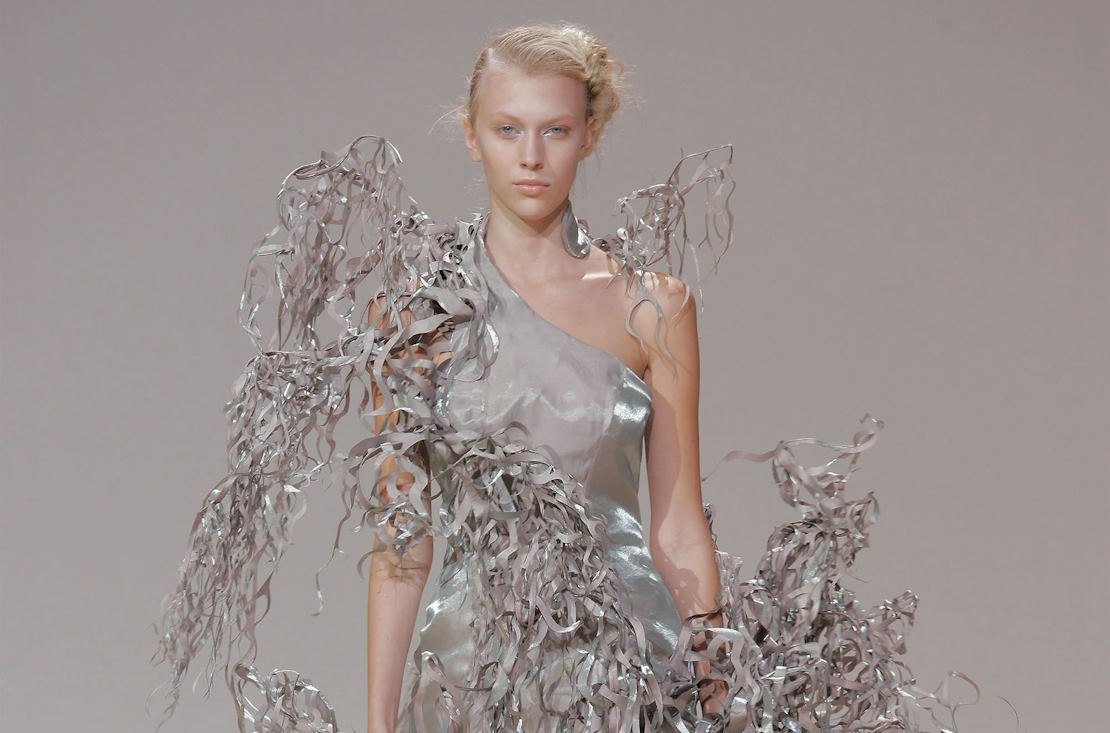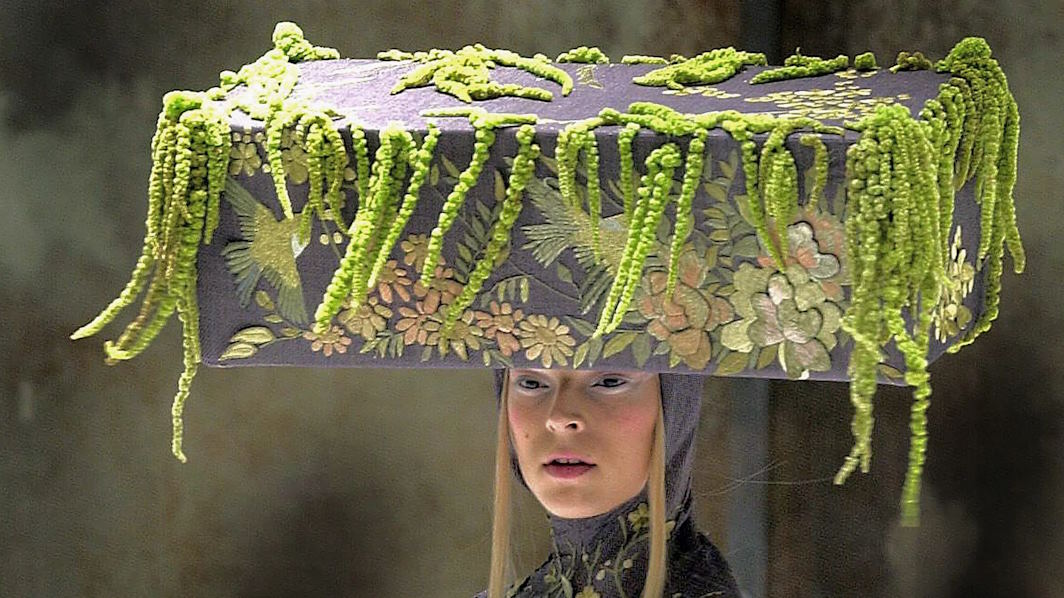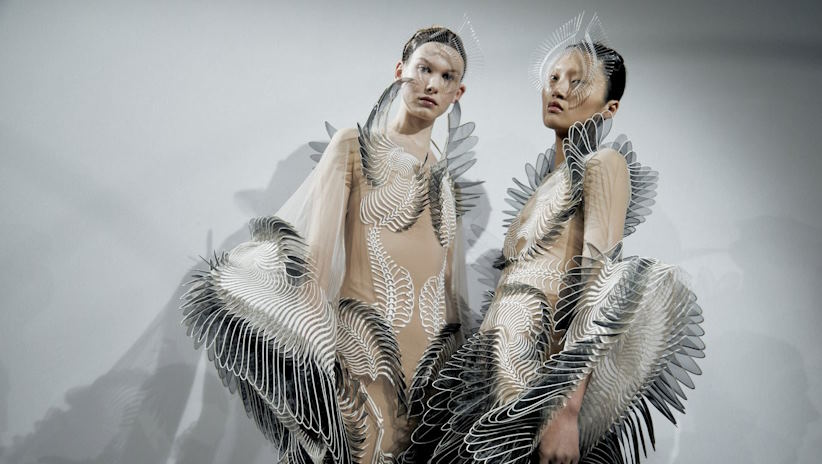
The Influence of Nature on Fashion Design
- Published in: Popular Fashion & Style
- Permalink
Nature has always been a wellspring of inspiration for humanity, influencing art, literature, and even the way we adorn ourselves. In the realm of fashion design, the allure of nature’s beauty has consistently manifested in various forms, from the intricate patterns of leaves and flowers to the rich palette of colors drawn from landscapes. This symbiotic relationship between fashion and the natural world spans centuries, reflecting cultural shifts, artistic movements, and environmental consciousness. Delving into the influence of nature on fashion design unveils not only a rich tapestry of creativity but also a profound connection to our planet and its ecosystems.
Elements of Nature in Fashion Design
Flora and Fauna
Floral Prints and Motifs: Floral patterns have perennially graced the runways, evoking the delicate beauty of nature’s blooms. From bold, oversized prints to subtle, intricate details, floral motifs infuse garments with a sense of freshness and femininity. Designers often draw inspiration from a myriad of flowers, each carrying its own symbolic significance, resulting in a diverse array of floral designs that captivate and delight.
Animal-Inspired Patterns and Textures: Nature’s creatures also inspire fashion designers, leading to the creation of striking animal prints and textures. Whether it’s the sleek stripes of a tiger, the graceful spots of a leopard, or the intricate scales of a snake, animal-inspired patterns add an element of wild elegance to garments. Textures mimicking fur, feathers, or reptilian skin further enhance the tactile experience, inviting wearers to connect with the untamed spirit of the animal kingdom.

Colors from Nature
Earth Tones and Natural Hues: Fashion designers frequently turn to the earth’s color palette for inspiration, incorporating rich browns, warm terracottas, and soft greens into their collections. These earthy tones evoke a sense of grounding and connection to the natural world, creating garments that resonate with simplicity and authenticity.
Vibrant Colors Inspired by Flowers and Landscapes: Nature’s vibrant hues provide endless inspiration for fashion designers, leading to the creation of garments infused with the brilliance of flowers and landscapes. From the fiery reds of a sunset to the azure blues of a clear sky, these bold colors inject energy and vitality into fashion, allowing wearers to express themselves with exuberance and joy.
Textures and Fabrics
Use of Natural Materials: In pursuit of sustainability and eco-consciousness, fashion designers increasingly turn to natural materials such as cotton, linen, and wool. These fabrics not only offer superior comfort and breathability but also boast a lower environmental impact compared to synthetic alternatives, aligning with the growing demand for ethically sourced and environmentally friendly fashion.
Incorporation of Textures Resembling Natural Elements: Beyond the choice of fabrics, designers explore innovative techniques to mimic the textures of the natural world. Whether it’s the rough bark of a tree, the soft down of a feather, or the intricate weave of a spider’s web, these textured fabrics add depth and dimension to garments, inviting wearers to indulge their senses and immerse themselves in nature’s tactile delights.

Environmental Awareness and Sustainable Fashion
Rise of Sustainable Fashion Movements
In recent years, the fashion industry has witnessed a significant shift towards sustainability, driven by increasing environmental awareness and consumer demand for ethically produced clothing. Sustainable fashion movements have emerged, advocating for transparency, fair labor practices, and reduced environmental impact throughout the supply chain. From grassroots initiatives to high-profile campaigns, these movements strive to transform the industry’s practices and foster a more responsible approach to fashion consumption.
Incorporation of Eco-Friendly Materials and Production Processes
One of the key pillars of sustainable fashion is the adoption of eco-friendly materials and production processes. Fashion brands are increasingly turning to organic cotton, recycled polyester, and innovative sustainable textiles derived from renewable sources such as bamboo or hemp. Additionally, advancements in technology have enabled the development of water-saving dyeing techniques, energy-efficient manufacturing methods, and closed-loop recycling systems, minimizing waste and pollution while maximizing resource efficiency.
Fashion Brands’ Commitment to Environmental Conservation and Biodiversity
Many fashion brands are making tangible commitments to environmental conservation and biodiversity preservation. Through partnerships with conservation organizations, implementation of reforestation initiatives, and support for sustainable agriculture practices, these brands are actively contributing to the protection of natural habitats and the promotion of biodiversity. By aligning their business practices with environmental stewardship principles, fashion companies are not only reducing their ecological footprint but also inspiring positive change within the industry and beyond.

